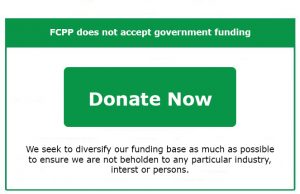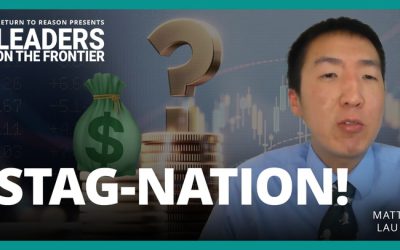One of the most widespread economic myths is that inflation—the reduced purchasing power of a currency—is a win for a nation, a sign of a booming economy. For the privileged classes in government and with initial access to monetary expansion, it is a win. For everyone else, it is a stealth confiscation, a loss of wealth and power. As my macroeconomics instructor used to say, by devaluing the currency you are “fleecing the workers.”
Inflation is running at 4.1 per cent, its highest level in 18 years. That is up from 3.7 per cent in July, and it attests to negative real interest rates. What makes Canada’s predictable bout of inflation particularly worrisome is that we are forgetting the lessons of recent history.
In the late 1980s, the New Zealand parliament mandated that the central bank focus exclusively on price stability: 0–2 per cent inflation. The rationale was simple: the Reserve Bank should not be subject to political cycles nor engage in Keynesian trickery.
Although tempting in the short run, attempts to game the economy and incentivize higher employment are deleterious in the long run. Further, placing responsibility on a central bank to fix an economy distracts from market reforms necessary for productivity growth, which does not derive from the printing press.
Free banking would be superior to central banking, but so long as there is a central bank its mandate is best limited. Such was New Zealand’s success, many nations swiftly followed her lead and adopted inflation targeting, including Canada in 1991. No inflation at all is necessary, and limiting it to 2 per cent in Canada was superior to double-digit inflation of the 1970s and 1980s.
The US Federal Reserve oversees the world’s reserve currency and has immense influence beyond the United States. During the 2007–2008 global financial crisis, the US central bank took a variety of unprecedented measures to expand the money supply and facilitate bailouts for major players on Wall Street. In many ways, this was the straw that broke the camel’s back and signaled a mission creep—albeit not explicit—of central-bank meddling in economic affairs, beyond what had ever occurred before.
The Bank of Canada—under David Dodge and Mark Carney—was not as reckless as the Fed at that time. However, the Fed did a great deal to normalize departures from a clear mandate of price stability. Henceforth, there were elevated expectations that central banks would lend a hand during difficult times and offer so-called economic stimulus. Even erudite organizations such as the C. D. Howe Institute’s Monetary Policy Council have succumbed to the pressure to support monetary expansion in the face of glaring inflation.
Since COVID-19’s arrival in North America, both the Fed and the BoC have steered the two economies further into uncharted waters. The two institutions have facilitated astronomical fiscal deficits and monetary expansion. Out-of-control inflation, particularly ballooning house prices, is a symptom of the helicopter money. It also stems from a suffocated economy on the supply side, which means more loonies chasing fewer items.
The problem with assessing inflation’s impacts is that they are asymmetric. Akin to trade protectionism—such as Canada’s notorious supply management—inflation, on net, harms the economy. However, some sectors of the economy benefit profusely. The narrow set of beneficiaries will do all they can to muddy the water and persuade everyone else that the policy is in their interests too.
We have seen a similar tale told to Canadians, especially from political incumbents and their patrons. They form the partnership of chief beneficiaries of deficits and easy credit.
The current prime minister of Canada famously said “I don’t think about monetary policy,” as though inflation is not something of concern. Earlier in September, the BoC justified its 0.25 per cent target overnight interest rate by saying the economy requires “extraordinary monetary policy support.” The inference is that expanding the money supply is the medicine Canada needs, as opposed to a swiftly opened economy. The BoC also pretended everything was under control, describing the elevated rate as transitory.
Consider how different the COVID-19 response would have been had the federal government been limited to private credit only—in other words, without the BoC buying up the bonds. Not only would many companies have had to live without bailouts, such as the $5.9 billion that went to Air Canada in 2020, the federal government would have had to tighten its belt and open the economy sooner.
Rarely do I quote the Socialist Equality Party of Canada, but even they see the problem. The working class is paying “for the more than $650 billion the current Liberal government and Bank of Canada funnelled into the financial markets and coffers of corporate Canada at the beginning of the pandemic.”
This is inflation’s untold story, beyond what one reads in most textbooks about menu and shoe-leather costs, economic uncertainty stifling growth, and the hit to workers on fixed incomes. These costs are serious, and we ought to be aware of them as a silent tax.
However, beyond the tax there is the problem of a privileged, cocooned elite. They defend inflation as part and parcel of central banking, which favors them within a bloated state. Only with a central-bank partnership can governments expand their powers and spending in such a brazen manner, all the while throwing a few scraps to the peasants for votes.
Fergus Hodgson is the director of Econ Americas, a columnist with the Epoch Times, and a research associate with Frontier Centre for Public Policy.
Photo by cottonbro from Pexels.



